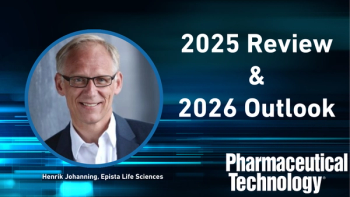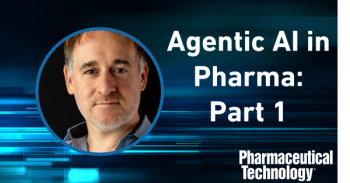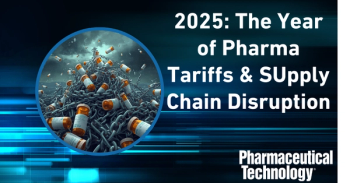Picking up where part one left off on describing the development of the commercial messenger RNA (mRNA) landscape, 2015 saw an anti-trust ruling which led Novartis’ vaccines division to sell assets to CSL rather than GSK. A subsequent related brain drain benefitted Moderna, as Boston, Mass., as a workplace, increasingly cemented its position as a life science cynosure. After interim steps at Avidity Biosciences (antibody short interfering RNA [siRNA] conjugates), consulting for the Bill & Melinda Gates Foundation, the Coalition for Epidemic Preparedness Innovations, Precision Nanosystems, and Verve Therapeutics, and conducting COVID-19 work, Andy Geall and Nathaniel Wang founded Replicate Bioscience, where Geall is co-founder and chief development officer. Geall and Wang’s platform works on next-generation self-replicating RNA (srRNA) vectors to amplify protein expression. srRNA’s self-limited replication unlocks new opportunities to treat many more patients across a broad range of diseases. In contrast to linear mRNA, this method requires minimal amounts of synthetic material to produce enough protein to obtain therapeutic efficacy. Replicate has a rabies vaccine in the clinic, with results due early in 2024. The company’s approach in oncology has an initial application for metastatic breast cancer, targeting the four known antigen mutation pathways, for a potentially generalized therapy.
In part two, Chris Spivey, editorial director for Pharmaceutical Technology®, discussed messenger RNA (mRNA) advances and mRNA’s historical background with Geall, who also recently became inaugural chair of the board for the Alliance for mRNA Medicines (AMM). The interview was conducted at the 11th International mRNA Health Conference in Berlin, Germany, which was held Oct. 29–Nov. 2, 2023.





